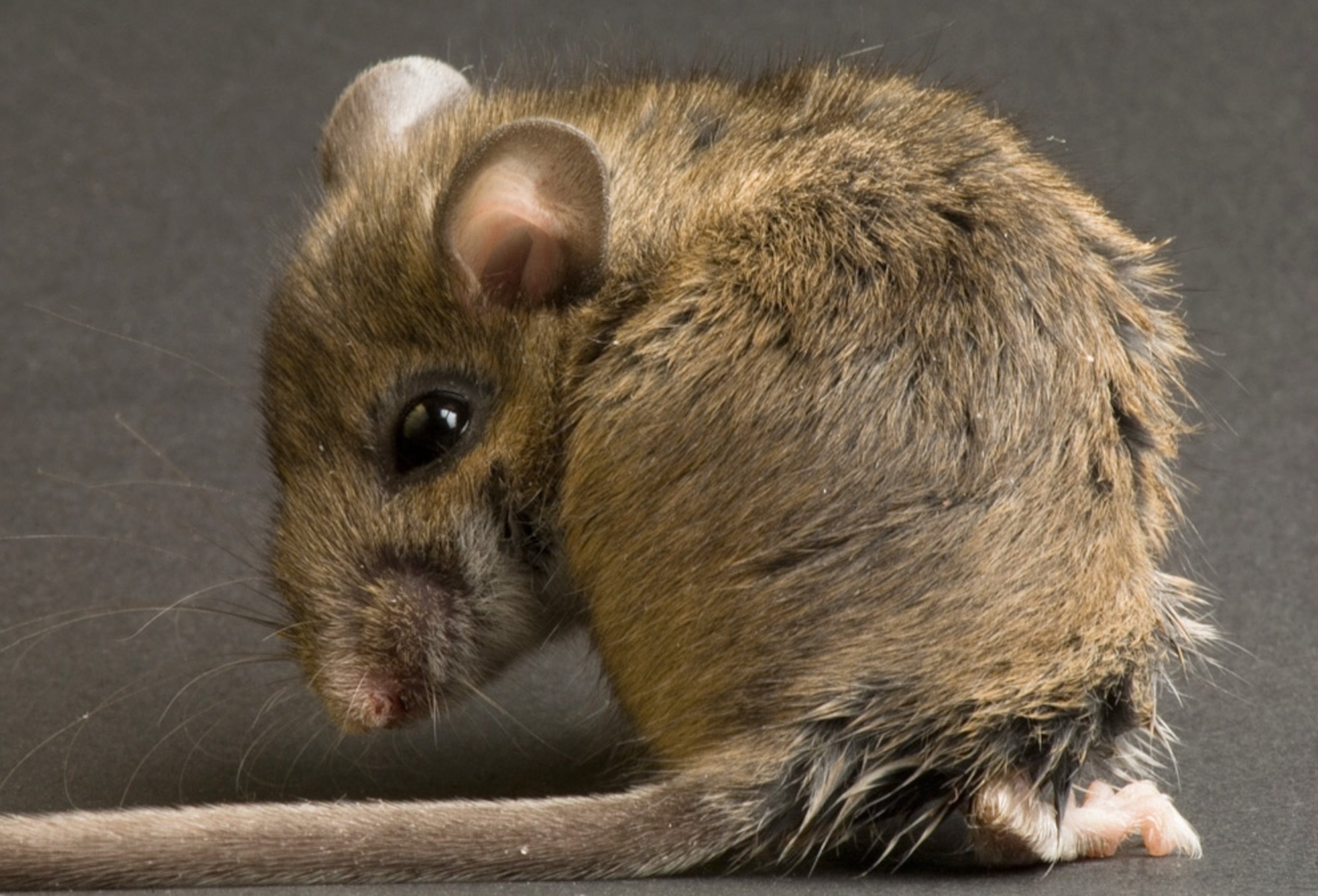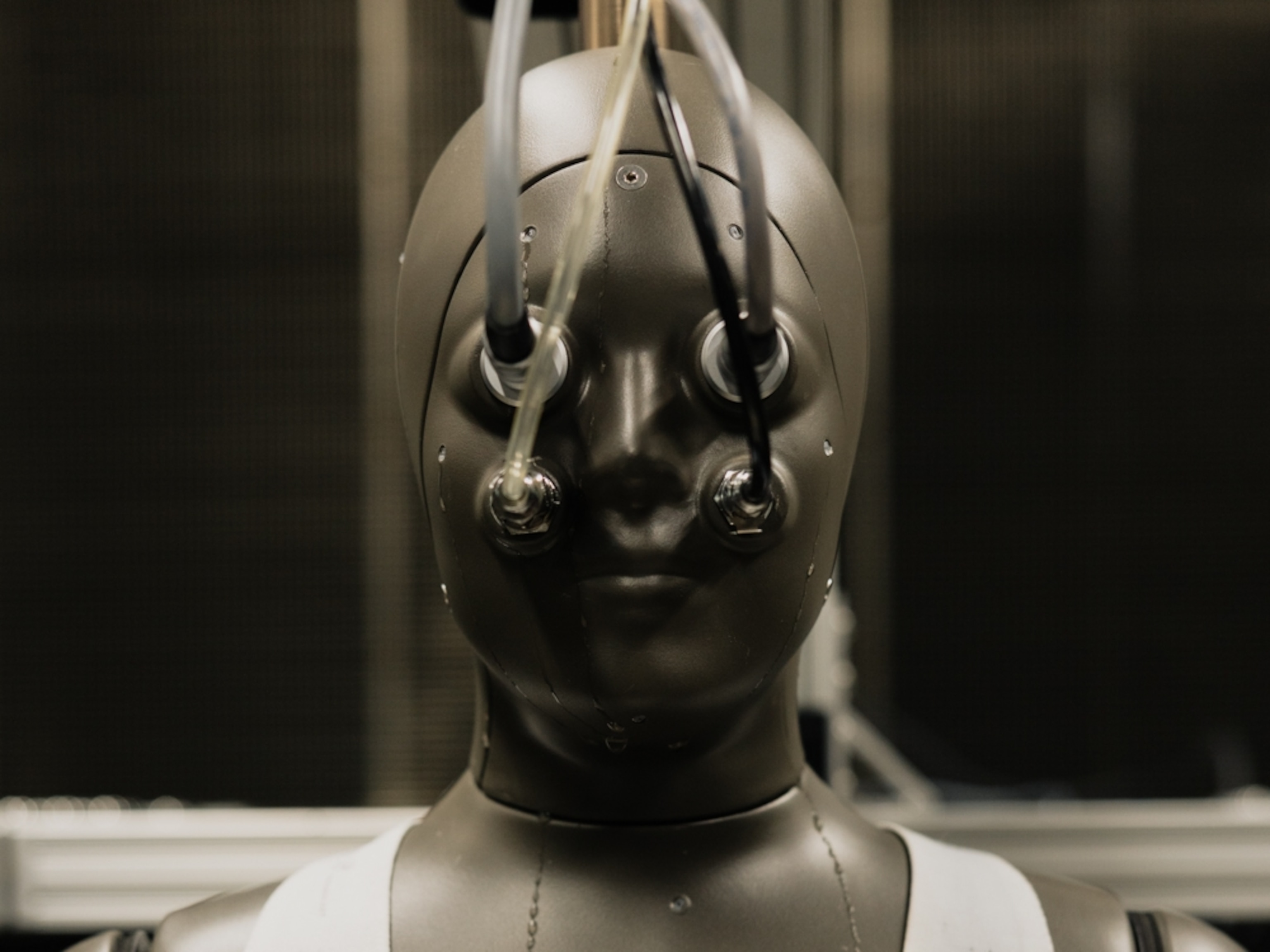
Bigger Testes Can Offer a Competitive Edge
When competition for females is fierce, males of some species have evolved bigger testes to trounce their rivals, a new study has confirmed.
When competition for females is fierce, males of some species have evolved bigger testes to trounce their rivals, a new study has confirmed.
Specifically, the research shows that testicle size matters in highly competitive animal societies in which females mate with many males or in which females live in groups ruled by an alpha male that must constantly defend his harem.
But that doesn't mean that females seek out more endowed males. Rather, the rivalry occurs after mating, as sperm battle inside the female.
Not surprisingly, males with larger testes produce more sperm—giving the male, so to speak, more bang for his buck.
(Related: "Flashier Great Tits Produce Stronger Sperm, Bird Study Shows.")
Over time, males in general have developed tricks for edging out their challengers, such as displaying brighter plumage—often seen in birds—or wooing females with gifts. (Related: "Chimps Trade Meat for Sex—And It Works.")
Testes size is part of this competition, said study leader Carl Soulsbury, a biologist at the University of Bristol in the U.K.
There's also evidence that within species, the biggest, most attractive, and healthiest males have the heftiest testes, Soulsbury added, suggesting the two are somehow linked. (Read about the challenges of reproducing in space.)
Evolution Driving Bigger Testes
Previous studies had looked at testes size and mating behavior, Soulsbury said.
But behavior-based studies can be unreliable, Soulsbury said. So he examined previously published data on several wild mammal species that used genetic testing to prove that litters of offspring had been sired by many males, or, in group-living species, that offspring had been sired by a single dominant male.
Soulsbury then used data on testes mass—as well as other factors, such as length of mating season—to develop a statistical model.
The model revealed "where there's a high competition between males, evolution has selected for larger testes," said Soulsbury, whose study was published March 8 in the journal PLoS ONE. (Read more about animal attraction in National Geographic magazine.)
"It confirms what scientists have expected, but is the first to prove it using genetic data across a range of mammals."
(Related: "Big Testes or Big Horns? It's One or the Other for Male Beetles.")
Humans a Whole Other Ball Game for Testes Research
Though Soulsbury's research has some relevance to people, human reproduction is a whole other ball game.
"Humans are a complicated species [to study because] there's an important social aspect to mating, which makes things murkier," he said.
But Soulsbury did note that men have smaller testes in relation to body size than chimpanzees, our closest genetic cousins.
That's probably because primates such as chimps live in mixed-gender "households," in which males have to constantly vie for females, according to Cheryl Knott, who studies orangutan reproduction at Harvard University.
Men do not compete in the same way for women, meaning that their testes stay relatively small.





